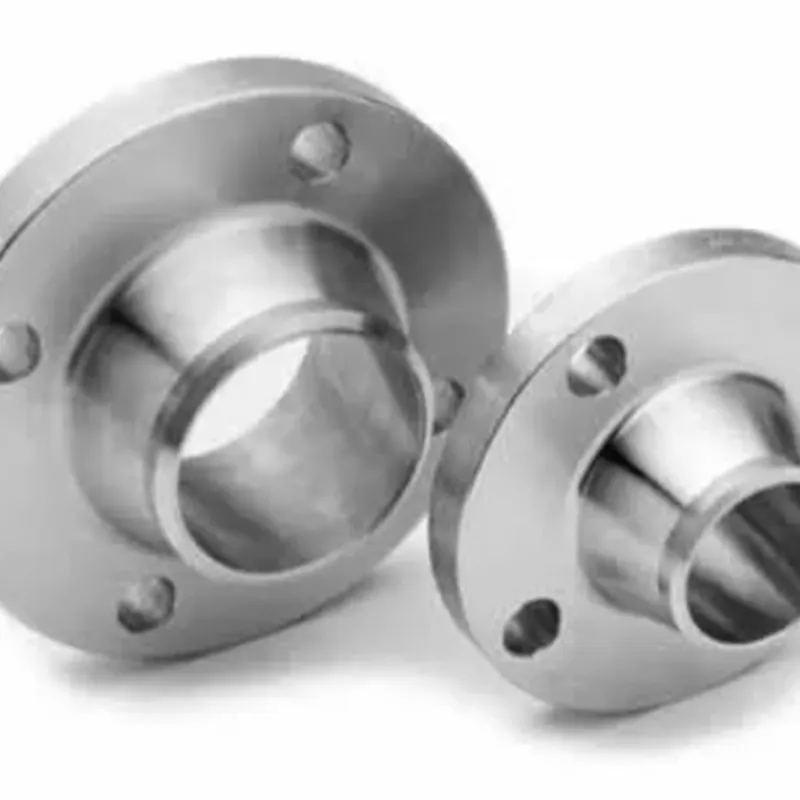-
Cangzhou Yulong Steel Co., Ltd.
-
Phone:
+86 13303177267 -
Email:
admin@ylsteelfittings.com
- English
- Arabic
- Italian
- Spanish
- Portuguese
- German
- kazakh
- Persian
- Greek
- French
- Russian
- Polish
- Thai
- Indonesian
- Vietnamese
- Zulu
- Korean
- Uzbek
- Hindi
- Serbian
- Malay
- Ukrainian
- Gujarati
- Haitian Creole
- hausa
- hawaiian
- Hebrew
- Miao
- Hungarian
- Icelandic
- igbo
- irish
- Japanese
- Javanese
- Kannada
- Khmer
- Rwandese
- Afrikaans
- Albanian
- Amharic
- Armenian
- Azerbaijani
- Basque
- Belarusian
- Bengali
- Bosnian
- Bulgarian
- Catalan
- Cebuano
- China
- China (Taiwan)
- Corsican
- Croatian
- Czech
- Danish
- Esperanto
- Estonian
- Finnish
- Frisian
- Galician
- Georgian
- Kurdish
- Kyrgyz
- Lao
- Latin
- Latvian
- Lithuanian
- Luxembourgish
- Macedonian
- Malgashi
- Malayalam
- Maltese
- Maori
- Marathi
- Mongolian
- Myanmar
- Nepali
- Norwegian
- Norwegian
- Occitan
- Pashto
- Dutch
- Punjabi
- Romanian
- Samoan
- Scottish Gaelic
- Sesotho
- Shona
- Sindhi
- Sinhala
- Slovak
- Slovenian
- Somali
- Sundanese
- Swahili
- Swedish
- Tagalog
- Tajik
- Tamil
- Tatar
- Telugu
- Turkish
- Turkmen
- Urdu
- Uighur
- Welsh
- Bantu
- Yiddish
- Yoruba

Nov . 25, 2024 17:50 Back to list
replacing galvanized pipes
Replacing Galvanized Pipes Essential Considerations for Homeowners
Galvanized pipes, once a common plumbing choice, are gradually being phased out in homes across the country. These pipes, coated with a layer of zinc to prevent rusting, were popular for their durability in the late 19th and early 20th centuries. However, over time, many homeowners have discovered that galvanized pipes can lead to a host of problems, including rust, corrosion, and poor water quality. If you’re considering replacing your galvanized plumbing, there are several essential factors to consider.
Understanding the Risks of Galvanized Pipes
One of the primary issues with galvanized pipes is their tendency to corrode from the inside out. Over the years, the zinc coating can wear away, exposing the iron beneath to moisture. This leads to oxidation and rust, which can accumulate over time and restrict water flow. More concerning, however, is the potential for lead contamination; older galvanized pipes often contain lead, posing health risks for household members, especially children.
Furthermore, galvanized pipes may result in poor water pressure and water discoloration. Homeowners often notice a rusty or brown tint in their water, indicating a buildup of iron and rust that can adversely affect not only the taste and appearance of the water but also its safety.
Choosing Replacement Materials
When it comes to replacing galvanized pipes, several modern materials are available, each with its own advantages
1. Copper Known for its durability and resistance to corrosion, copper piping is a popular choice among homeowners. It can last decades with proper maintenance and is effective against bacteria. However, it is relatively expensive compared to other options.
2. PVC and CPVC These plastic piping options are lightweight, easy to install, and resistant to corrosion and scale buildup. They are also cost-effective. However, they are not suitable for hot water applications, as high temperatures can warp the pipes.
3. PEX (Cross-Linked Polyethylene) Flexible and easy to install, PEX has surged in popularity in recent years. It is resistant to scale and chlorine, doesn’t corrode, and can expand to avoid bursting in freezing conditions. Its primary downside is that it can’t be recycled and may not be suitable for outdoor use due to UV degradation.
The Replacement Process
Replacing galvanized pipes is a significant home improvement project that typically requires the expertise of a licensed plumber
. Here are the key steps involvedreplacing galvanized pipes

1. Assessment A plumber will evaluate your current plumbing system, identify the locations of existing galvanized pipes, and recommend the best replacement options.
2. Planning The next step involves planning the replacement, which may include acquiring permits, especially for major plumbing work.
3. Installation The actual installation process can vary in time depending on the complexity of the plumbing system and the number of pipes being replaced. During installation, the plumber will ensure to minimize disruption to your home.
4. Testing After installation, testing the new system for leaks and ensuring proper water flow will be conducted.
Considerations for Homeowners
Before undertaking the replacement of galvanized pipes, homeowners should consider the following
- Costs The expense of replacing plumbing can vary widely based on the materials chosen, labor costs, and the extent of the work required. It’s advisable to get multiple quotes from contractors.
- Future Plumbing Needs Consider your long-term plumbing needs. Installing high-quality materials that accommodate future renovations or additional fixtures can save you money and hassle down the line.
- Water Quality Testing After replacement, it may be beneficial to have your water tested, especially if there were concerns about lead contamination or other contaminants.
Conclusion
Replacing galvanized pipes is an important step for homeowners concerned about plumbing health and water quality. By understanding the risks associated with galvanized pipes, choosing suitable replacement materials, and working with a reputable plumber, you can ensure that your new plumbing system will provide clean, safe water for years to come. Whether you opt for copper, PVC, or PEX, taking action now can prevent future headaches and enhance your home’s overall value.
Latest news
-
ANSI 150P SS304 SO FLANGE
NewsFeb.14,2025
-
ASTM A333GR6 STEEL PIPE
NewsJan.20,2025
-
ANSI B16.5 WELDING NECK FLANGE
NewsJan.15,2026
-
ANSI B16.5 SLIP-ON FLANGE
NewsApr.19,2024
-
SABS 1123 FLANGE
NewsJan.15,2025
-
DIN86044 PLATE FLANGE
NewsApr.19,2024
-
DIN2527 BLIND FLANGE
NewsApr.12,2024
-
JIS B2311 Butt-Welding Fittings LR/SR 45°/90° /180°Seamless/Weld
NewsApr.23,2024











